When the time came for a decent amplifier upgrade, the main options I was looking for were mainly Fender and Vox. With a budget of roughly 1000E to spend, the main amps in my mind were the Fender Blues Junior, Fender Hot Rod Deluxe, and the Vox AC15c1 and AC30c2 models. Playing in a 60s rock'n'roll. rhythm and blues band. I always loved the tones coming out of the Vox AC30s and AC15s of The Beatles, Rory Gallagher and Brian May - and while the chiming rhythm sounds and soaring, overdriven solos of some of their iconic songs always resonated with me, the appearance of their Vox amplifiers (with their iconic tolex grilles), always appealed to me, too. It was for these main reasons that I gravitated towards the Vox amplifiers over the Fender ones.
Why did I go for the AC15 over the AC30 though? The Vox AC15 does the chime and jangle that are perfect for the 'Hard Days Night" early Beatles tones and jangle of Tom Petty, as does it the crunchy, overdriven tones synonymous with Brian May, Rory Gallagher and Oasis. It's smaller frame is also more suitable for my home environment, though it retains much of the tonal qualities of it's larger brother (but it houses a single Greenback speaker instead of two and a lower output of 15 watts). The amp is built to be durable and mine has seen no signs of damage or detrimental wear (or tonal / speaker degradation) in it's extensive use since it's purchase in May. Furthermore, the smaller body won't break your back in comparison with the lumbering AC30!
Overall, the amp is pure Vox tone - sounds terrific with my Rickenbacker and Fender guitars, and does both chiming, jangling rhythms and scorching, gritty leads perfectly. If I had to find a fault in it, it would be that in comparison to the AC30, the AC15 has slightly less 'headroom', with not much in the way of mid-range tonal control. This may be nit-picking though, as I genuinely believe the AC15 does both clean and overdriven tones justice, and handles a multitude of pedals very well. The amp also excels in studio and the tones recorded from it are crisp and colourful. Lastly, for around the 500E mark, you're absolutely getting bang for the buck and won't break the bank! I'm delighted with mine.



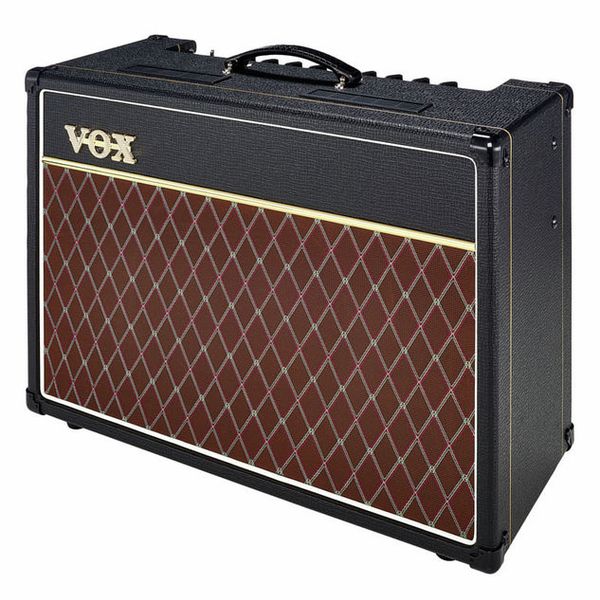
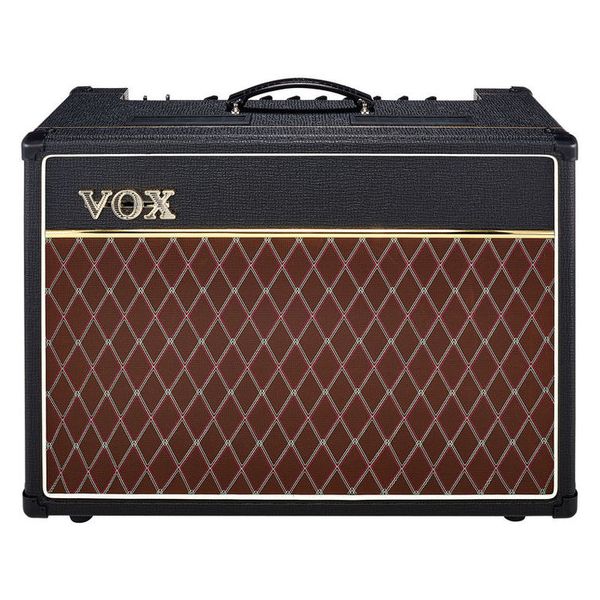
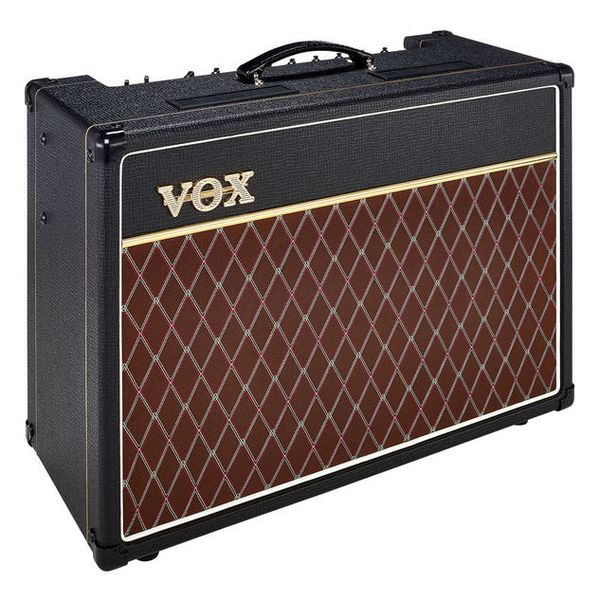
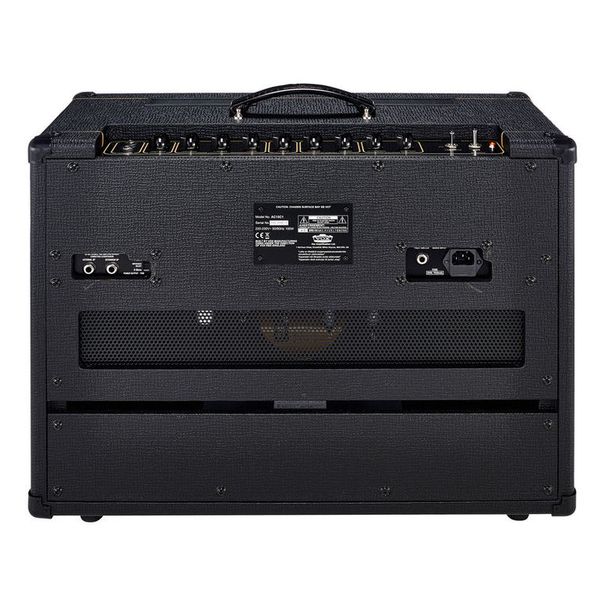
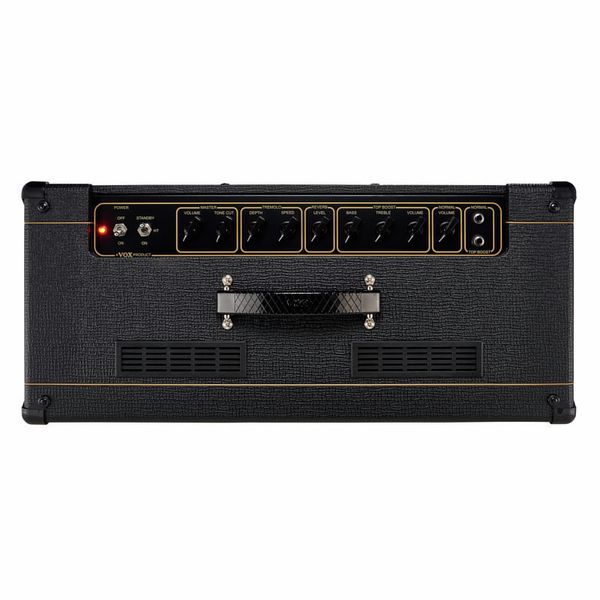
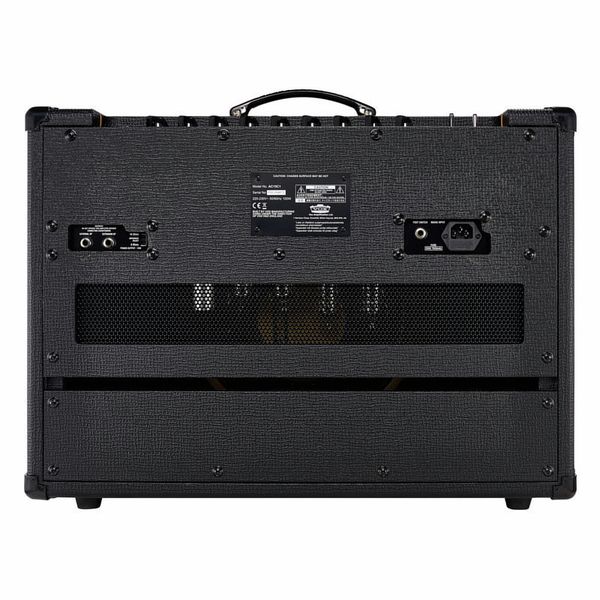
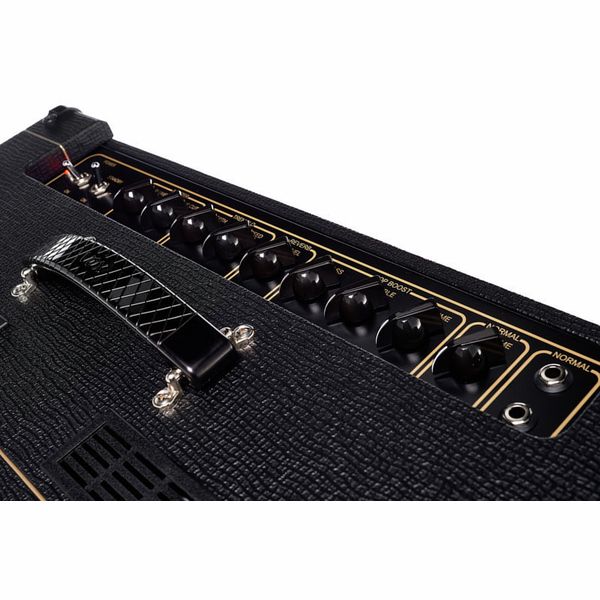

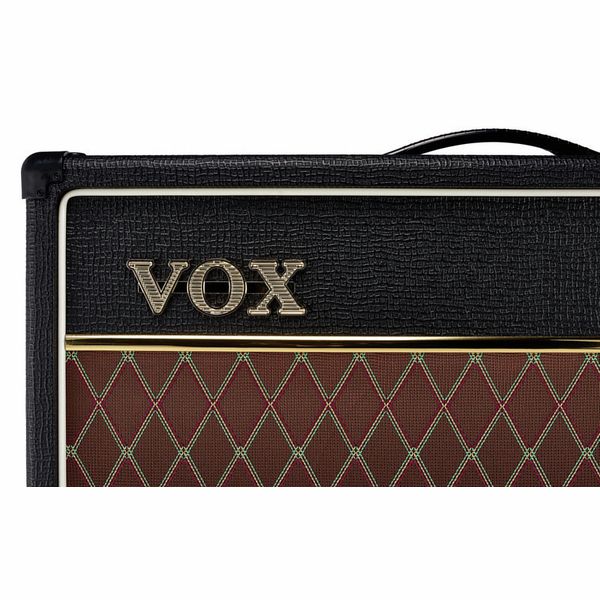
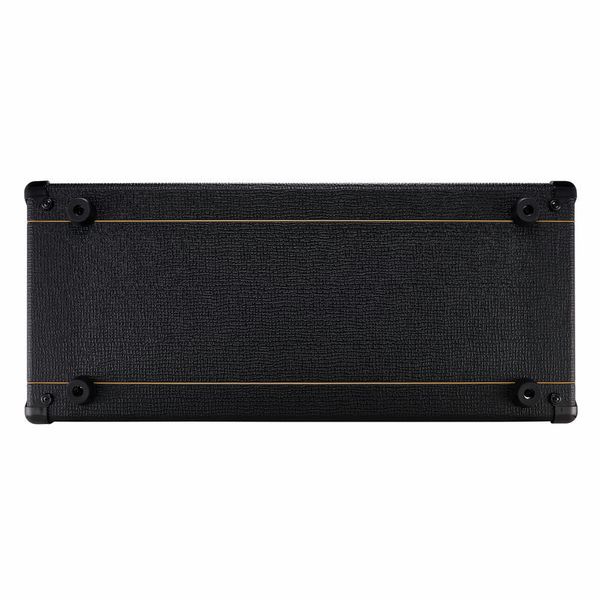













)
)
)
)
